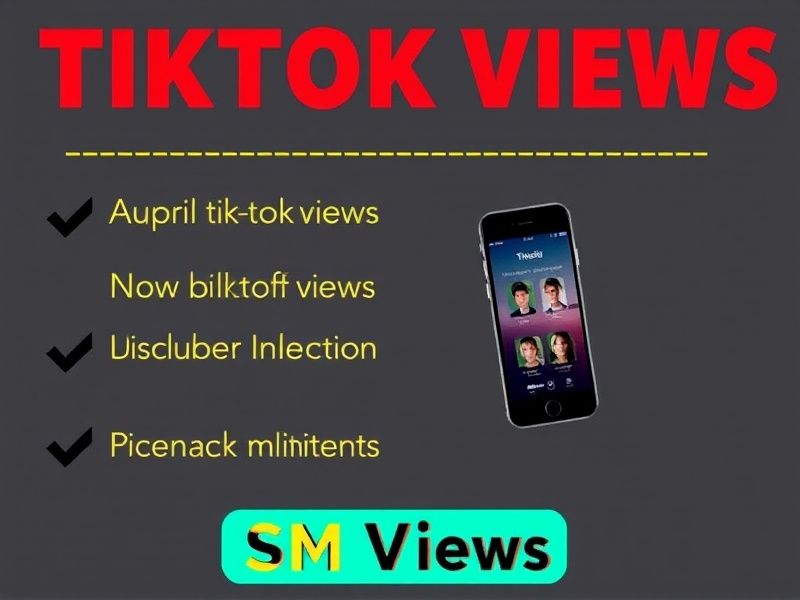Hiding Likes on Twitter: Why It Matters and How It Changes the Game
The Like Button Anxiety Dilemma
Ever found yourself deleting a perfectly good tweet because it didn’t get enough hearts? You’re not alone. Studies suggest around 65% of social media users experience some form of “metric anxiety” when posting content. Twitter’s move to hide public like counts – first tested back in 2021 – wasn’t just a random design choice. It’s part of a bigger shift in how platforms handle our mental health.
How Twitter Lets You Disappear Likes
Here’s the cool part – you don’t need to be a tech whiz to make those like counts vanish. Twitter gives you two straightforward options:
Built-in Setting: Flip the switch in your privacy settings to hide likes across your entire account. It’s like putting a privacy screen on your engagement metrics.
Browser Tweaks: For the DIY crowd, extensions like Social Metric Blocker can hide not just likes but all those distracting numbers. I’ve personally used these and they make scrolling feel… lighter, somehow.
Platform Showdown: Twitter vs The Rest
Remember when Instagram hid likes first? Twitter’s approach feels different. While Instagram keeps your own likes visible to you, Twitter’s system is more like an all-or-nothing toggle. Here’s how they stack up:
| Platform | Like Visibility | User Control | Metric Focus |
|---|---|---|---|
| All or nothing | Account-wide setting | Emphasis on replies | |
| Personal metrics only | Per-post option | Saves & shares | |
| Full visibility | No current options | Reactions count |
Real People, Real Changes
Take Sarah, a college student who tried hiding Twitter likes for three months. “I went from tweeting once a week to sharing daily,” she told me. “Suddenly I wasn’t editing every joke into oblivion.”
Brands are noticing shifts too. A mid-sized eco-friendly clothing company reported their engagement DMs increased by about 40% after hiding likes, while link clicks stayed steady. It’s almost like people are actually reading the content instead of just chasing vanity metrics.
What This Means for Your Twitter Game
If you’re managing a brand account, here’s the deal: Hiding likes might initially feel like losing your performance dashboard. But early adopters are seeing more thoughtful replies and increased thread sharing. It’s pushing content creators to focus on substance over quick dopamine hits.
For regular users? Try the like-hiding experiment for a week. You might be surprised how liberating it feels to tweet without that little heart counter judging your every thought.
The Business Balancing Act
Sure, there’s a catch. Influencers relying on like counts for sponsorship deals are having to get creative. Some are now negotiating contracts based on saves or direct messages instead. It’s a messy transition, but one that could lead to more authentic partnerships.
Twitter’s playing the long game here. By reducing public comparison metrics, they’re betting on quality conversations over viral rage-bait. Will it pay off? Only time will tell, but early signs suggest we’re moving toward a less performative social media landscape.
Should You Hide Your Likes?
Here’s my take: If you find yourself obsessing over numbers or holding back from tweeting “weird” ideas, give it a shot. The beauty is you can always toggle it back. After all, social media should work for you – not the other way around.
What’s been your experience with visible vs hidden metrics? I’d love to hear if hiding those little hearts changed how you use Twitter. Drop me a DM – no likes required!





Reviews
There are no reviews yet.